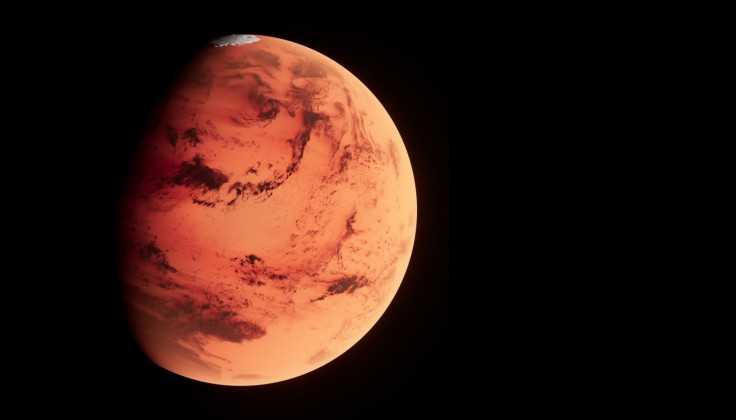When we talk about space exploration, we usually deal with space missions, spacecrafts, and people who made breakthroughs in space science.
Speaking of spacecrafts, who have not heard of Viking 1, the first American spacecraft to land the surface of Mars? Aside from landing on the red planet, the spacecraft was also the first one to stay there for the long time.

Viking 1's Journey to Mars
On Aug. 20, 1975, Viking 1's Titan III-E rocket ignited to life. On the said date, the spacecraft started its nearly 500-million-mile journey to the red planet.
The Viking 1's lander was supposed to land on the Martian surface on July 4. However, when the spacecraft came closer to the planet and started taking pictures of the landing site, the Viking 1 team worried that the spacecraft might not make it to the surface.
According to Space.com, the team working on Viking 1 based the prime landing site at Chryse on the Mariner 9 pictures, but these were taken in lower resolution.
The photos of the landing site that Viking 1's sent showed opposite of what the team wanted, "a deeply incised river bed."
Matters were made even more complicated as the landing date of July 4, 1976 coincide with the bicentennial celebrations of the United States' founding. The landing of Viking 1 on the Martian surface was supposed to be part of the celebration. However, the team put foremost the safety of the spacecraft.
The team working on the Viking 1 mission voted to extend Viking 1's landing date until they could find a more suitable landing site. Eventually, the spacecraft touched down safely on July 20, 1976.
Read Also: Life On Mars: Egyptian Pyramids Could Be Proof Of Mars' Ancient Civilization
The Milestones of Viking 1
Viking 1 is a historical milestone for the US as it is the first spacecraft to successfully land on Mars. It was included in the two-part mission that aimed to investigate Mars and look for possible signs of life.
Parts of the Viking 1 mission are an orbiter and a lander. These are created to take high-resolution images, and examine the Martian surface and atmosphere.
The spacecraft operated on Mars' Chryse Planitia for more than six years. Using Viking 1's robotic arm and a special biological laboratory, it conducted the first Martian soil sample examination.
Just moments after Viking 1 landed, it sent back its first image of the surface. Afterwards, the lander took thousands more photos for scientists. Until its last day of transmissions on Nov. 13, 1982, the experiments on board the lander remained working properly.
The result from Viking 1's experiments surprised the scientists as lots of rock types were found at its landing site. This indicated that they probably had different origins.
Magnetic particles in the soil were detected by the lander. However, scientists were not able to fully identify what the soil was made up of.
These results of the Viking 1 mission gave the scientists clues about what a human being would experience in the red planet.
The data on dust storms, radiation and weather conditions are all important factors to consider when humans choose to make the journey to Mars.
Viking 1 did not find any traces of life in the red plant, but it helped identify some of Mars characteristics.
The mission was responsible for establishing that Mars is a cold planet with "volcanic soil, a thin, dry carbon dioxide atmosphere and striking evidence for ancient river beds and vast flooding," according to NASA.
Related Article: NASA Perseverance Rover Captures Photo of Odd-Looking Rock: 3 Other Unusual Photos Captured by the Mars Rover









